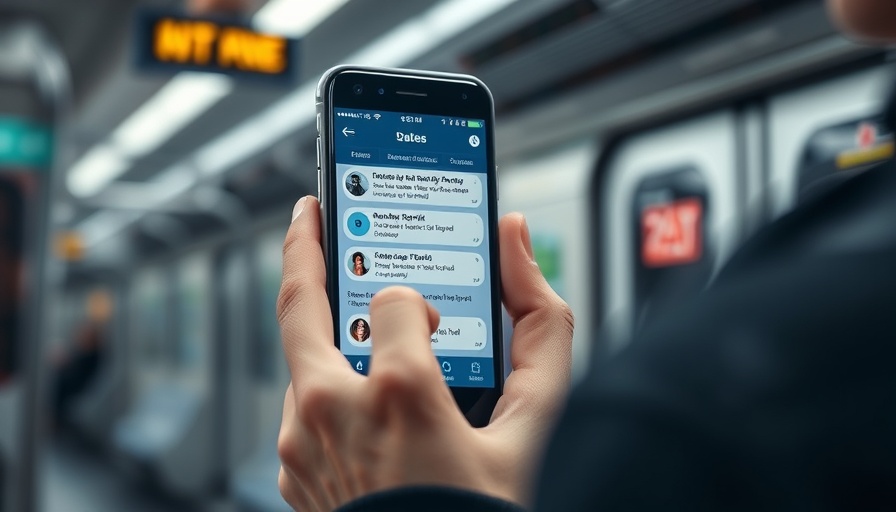
Why Technology Isn’t Always the Answer
In a world driven by rapid technological advancements, there's a palpable excitement about integrating artificial intelligence (AI) into our daily lives. However, a recent conversation in the video don’t use #ai for everything highlights an essential point: not every task warrants the use of AI, and over-reliance may lead to diminished human insight and creativity.
In don’t use #ai for everything, the discussion highlights crucial insights into the limitations of AI, prompting us to analyze the implications and best practices for technology use.
The Dangers of Over-Automation
Using AI can significantly enhance efficiency, but it can also foster complacency. When individuals and businesses adopt a mindset that technology solves all problems, they risk losing critical problem-solving skills and creativity. For instance, in creative industries like marketing and design, AI may generate content, but it can't replicate human intuition or emotion, which are crucial for understanding audience needs.
AI vs. Human Elements in Decision-Making
In fields requiring human touch, such as healthcare or education, relying solely on AI can be detrimental. While AI can analyze data and predict outcomes based on algorithms, the nuances of human behavior require empathy and interpersonal skills that machines simply cannot learn. Using AI as a supplementary tool rather than the primary decision-maker is a balance we must strive for.
Striking the Right Balance
Rather than asking how we can apply AI to everything, an essential consideration should be when to avoid its use. This perspective invites a more nuanced approach where technology works alongside humans. For example, a restaurant may use AI for inventory management but should rely on chef expertise for menu design. This approach retains the artistry of the culinary field while utilizing AI's strengths in logistics.
Future Outlook: The Human-AI Partnership
The future of technology should not focus solely on AI; instead, it should contemplate the harmony between human capabilities and machines. With intelligent collaboration, we can better harness AI for tasks that enhance human creativity and insight while ensuring that tasks requiring emotional intelligence remain human-driven.
Reflecting on the insights from don’t use #ai for everything, we recognize the importance of distinguishing when and how to implement AI tools–ensuring we cultivate a society that values both human ingenuity and sophisticated technology.
 Add Row
Add Row  Add
Add 




Write A Comment